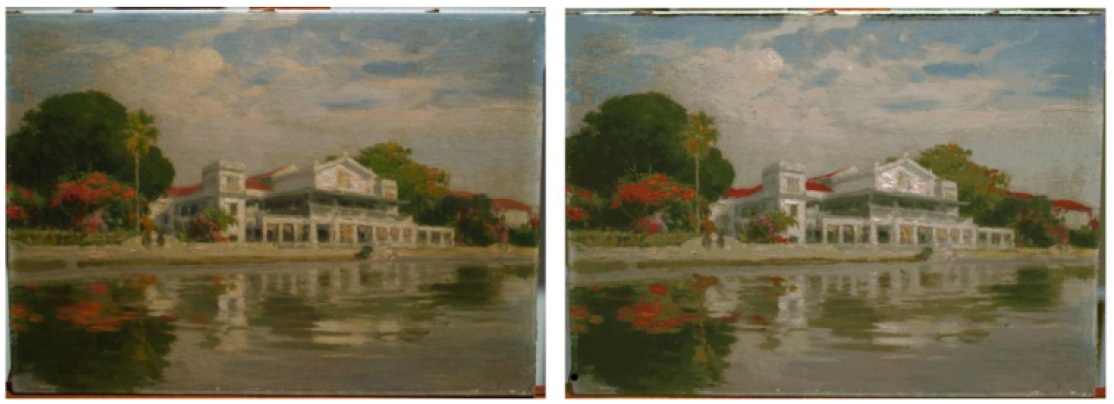
The temporal cloak. A light beam of a single colour is directed at a split-time lens (STL) that converts it into different colours. As the beam then propagates through an optical fibre, the blue light components travel faster than the red ones (the vertical axis shows time), so that eventually a brief gap is formed in the travelling beam during which there is no light present. Therefore, any even taking place during that temporal gap will be concealed from the beam. Afterwards, a reverse process restores the original beam so that an observer does not notice the cloaking device. Reprinted by permission from Macmillan Publishers Ltd. Nature (2012). doi:10.1038/nature10695
Devices that conceal objects from an observer are called cloaks. Conceptually, the idea of cloaking devices has its roots in science fiction, but such devices have indeed been demonstrated in the past few years. These cloaks are based on tiny structures that are able to bend light on predetermined paths as it passes through the structure. This is like a lens, but consisting of manmade materials, and much more versatile and powerful.
A very different type of cloak has now been published in Nature by Alexander Gaeta and colleagues from Cornell University. Following earlier theoretical proposals, they have now demonstrated the first temporal cloak where events are hidden in time, not in space so that an event is concealed from a light beam travelling through the same space for a certain amount of time. To understand the difference of a temporal to a spatial cloak, Robert Boyd and Zhimin Shi from the University of Rochester make a very good comparison in their News and Views article on the paper: […]



January 4, 2012
1 Comment